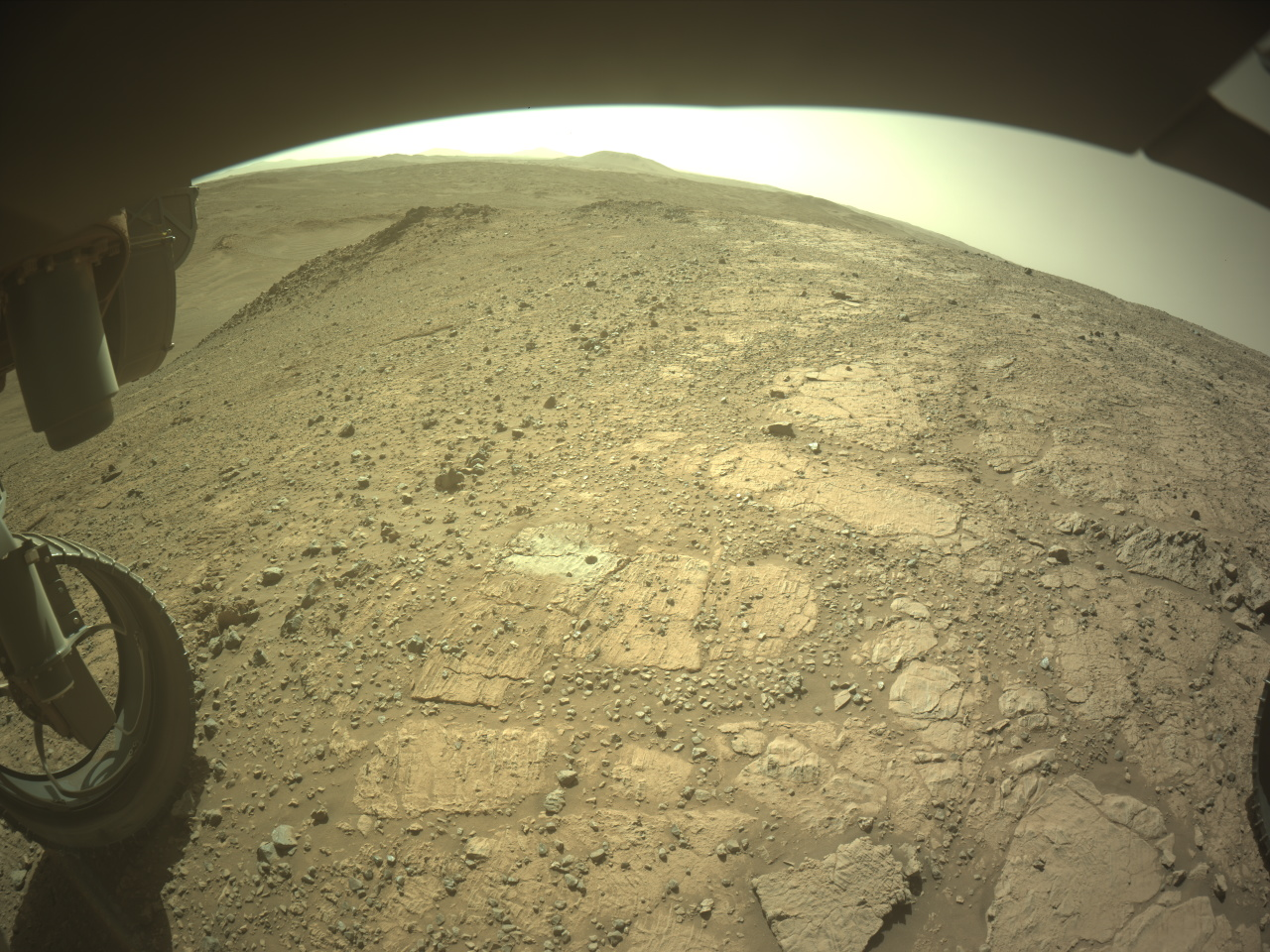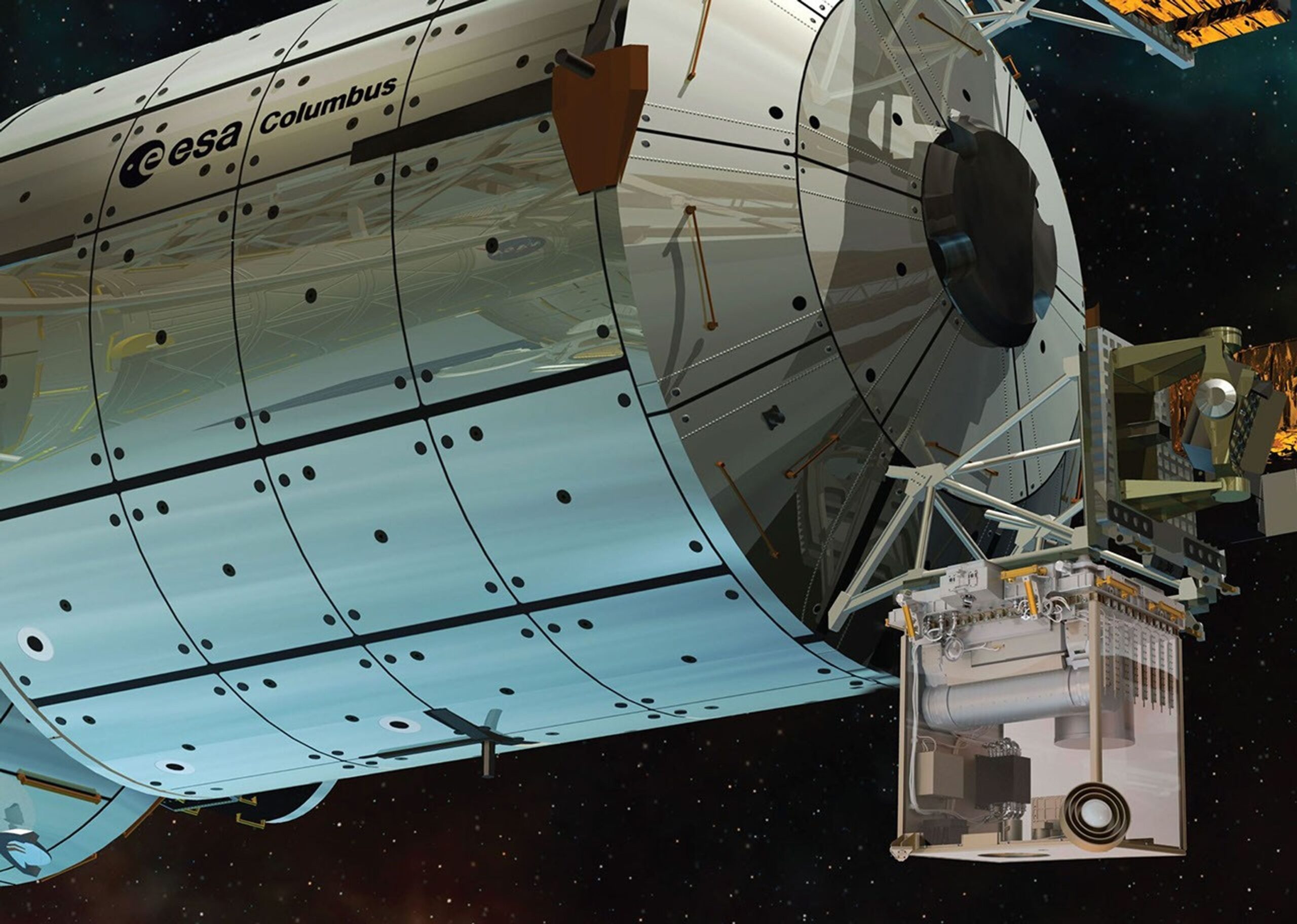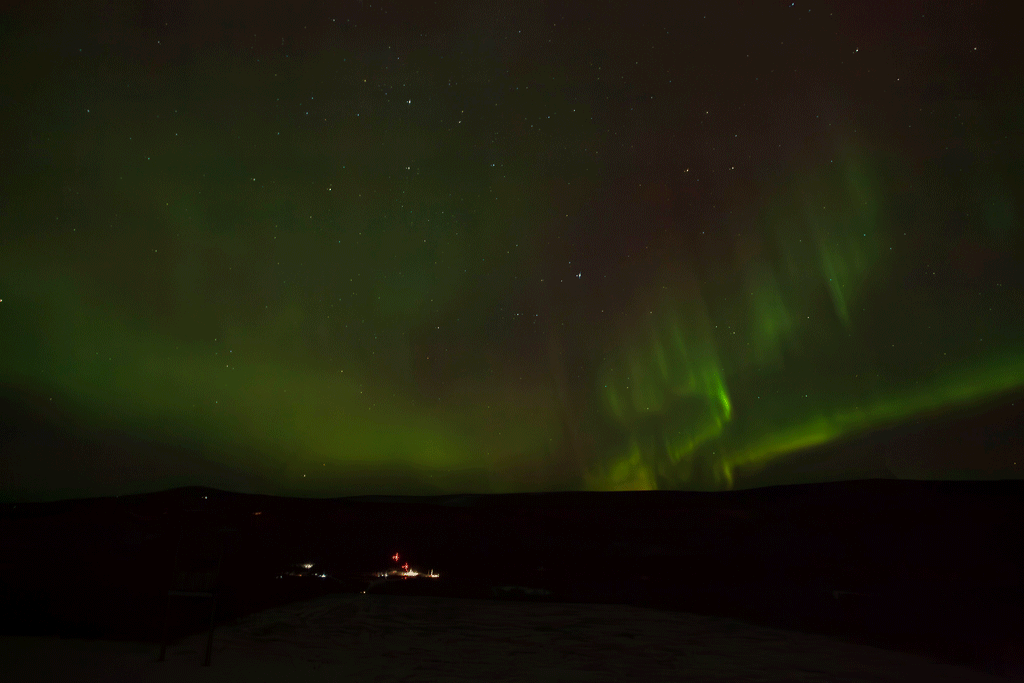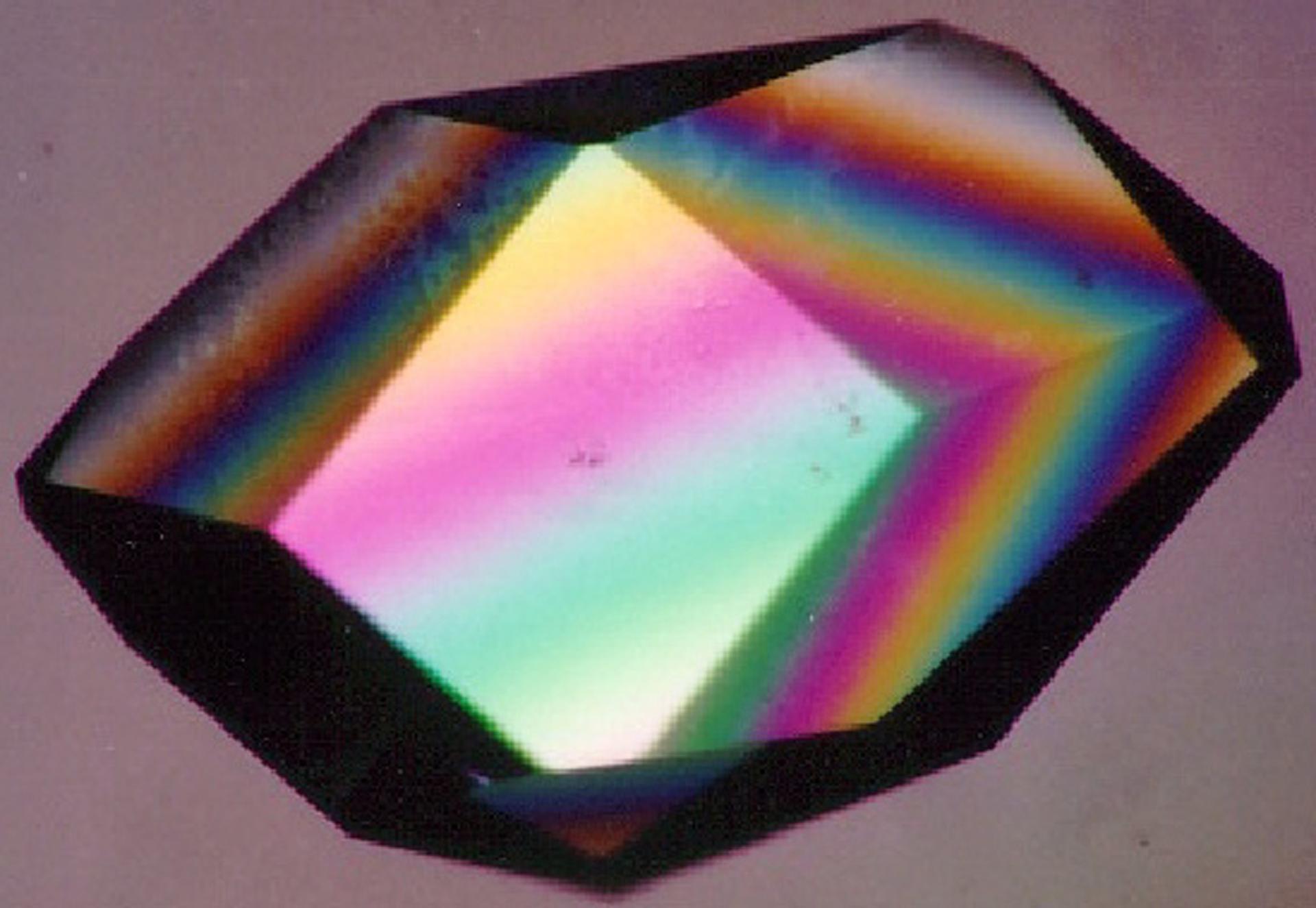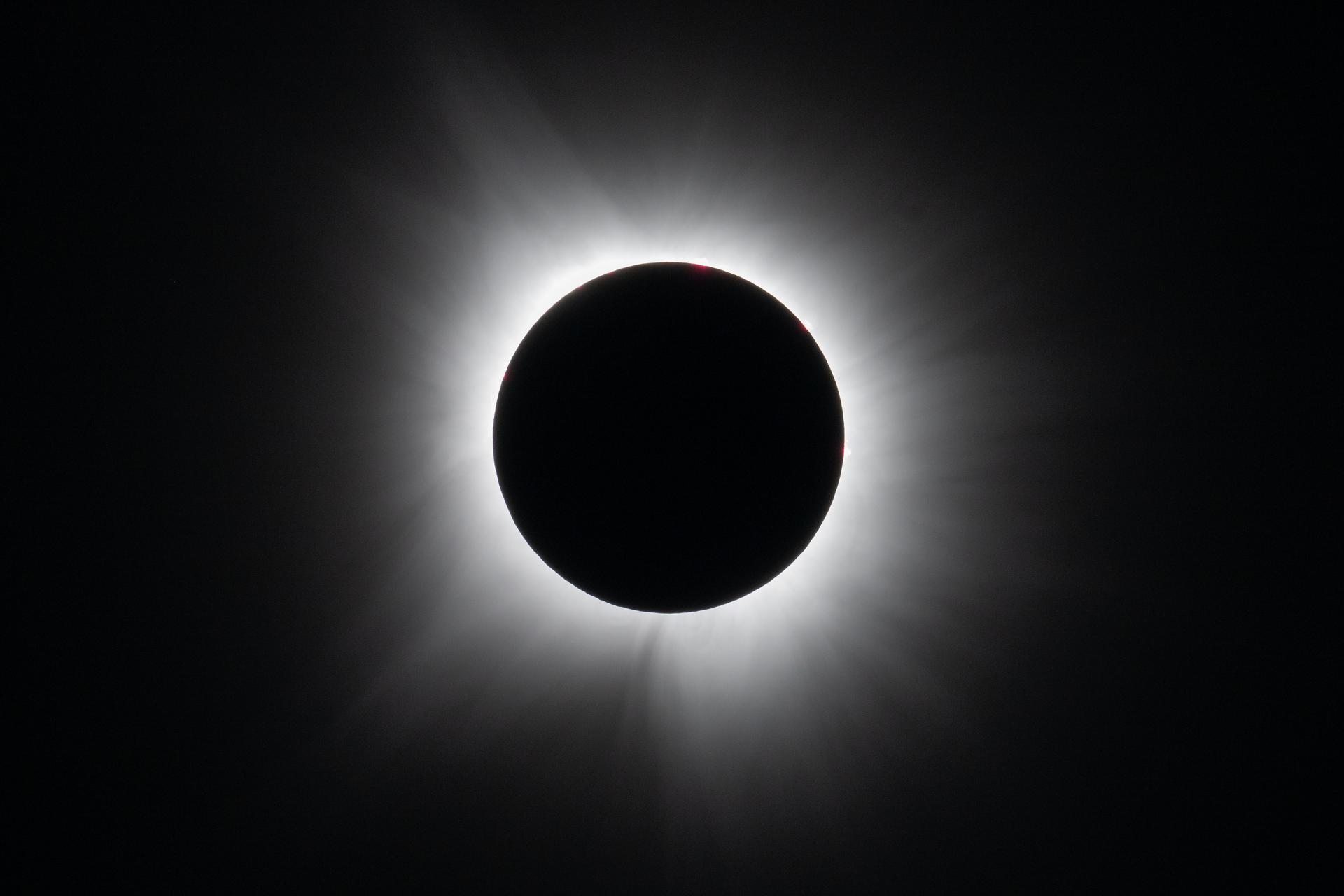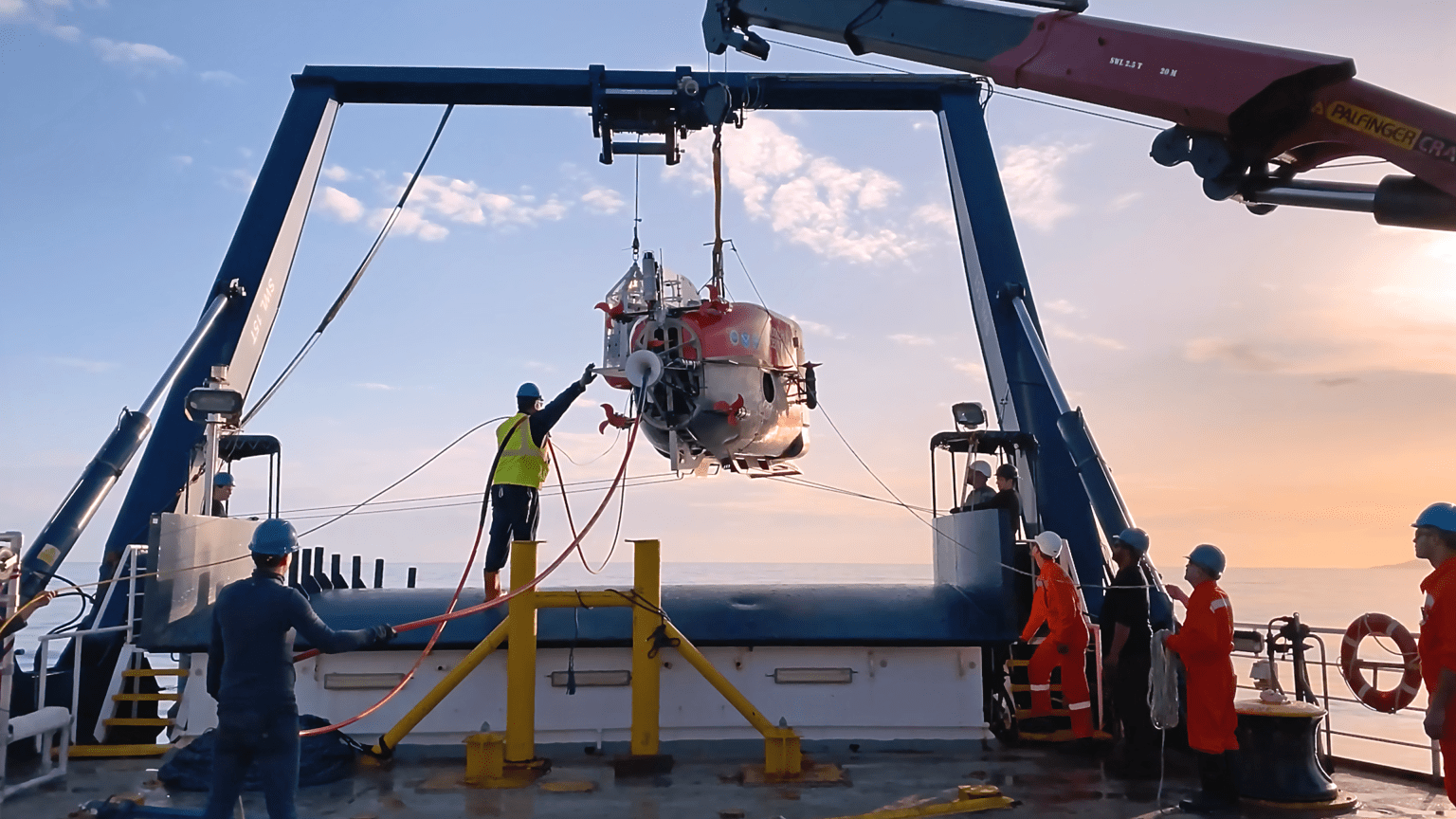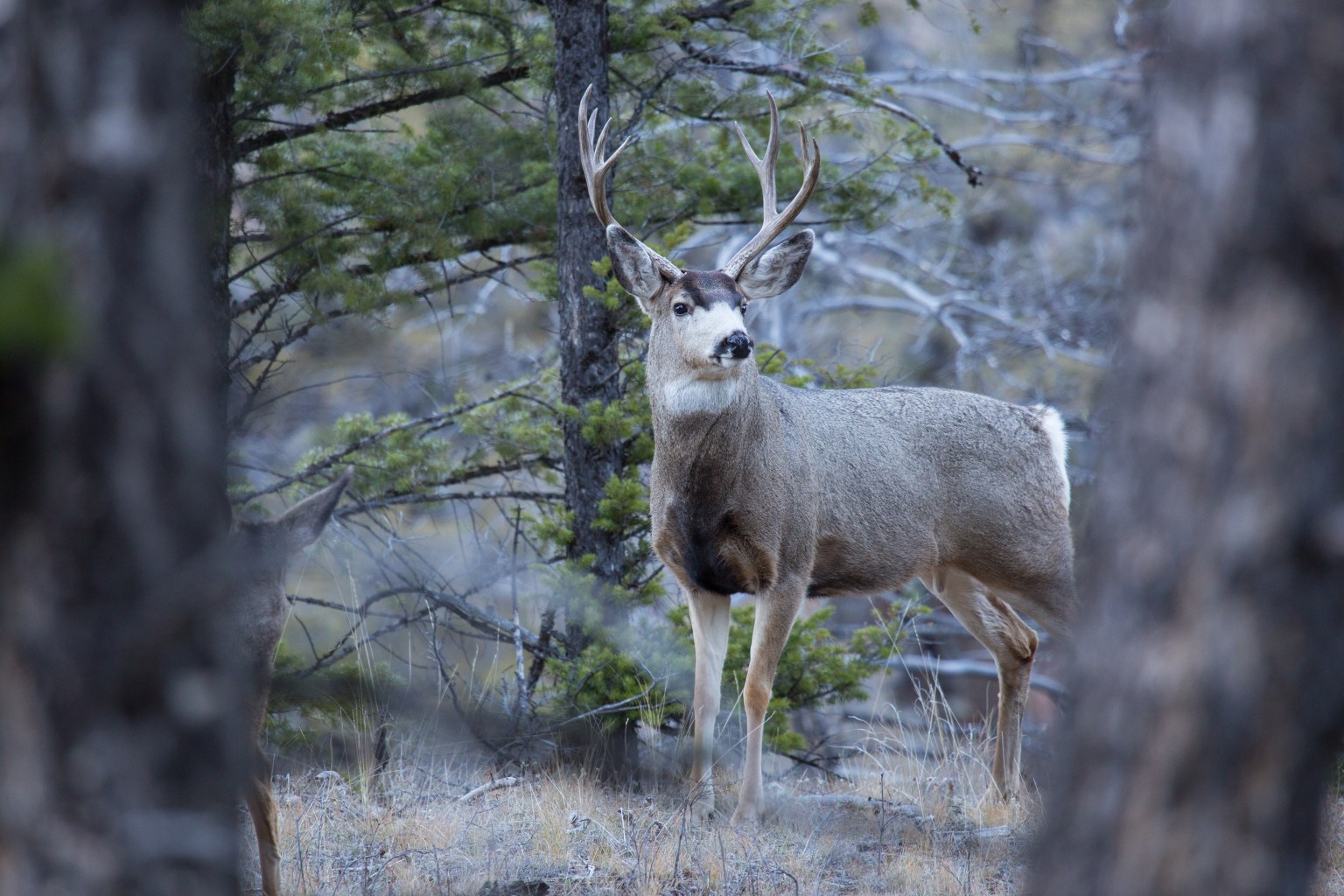Explore This Section Perseverance Home Mission Overview Rover Components Mars Rock Samples Where is Perseverance? Ingenuity Mars Helicopter Mission Updates Science Overview Objectives Instruments Highlights Exploration Goals News and Features Multimedia Perseverance Raw Images Images Videos Audio More Resources Mars Missions Mars Sample Return Mars Perseverance Rover Mars Curiosity Rover MAVEN Mars Reconnaissance Orbiter Mars Odyssey More Mars Missions Mars Home 2 min read A Tough Drill at Witch Hazel Hill The Bell Island drill hole: This image of the Bell Island drill hole was acquired by the front left…
Read MoreTag: Uncategorized
Atomic Clock and Plant DNA Research Launching Aboard NASA’s SpaceX CRS-32 Mission
NASA’s SpaceX 32nd commercial resupply services mission, scheduled to lift off from the agency’s Kennedy Space Center in April, is heading to the International Space Station with experiments that include research on whether plant DNA responses in space correlate to human aging and disease, and measuring the precise effects of gravity on time. Discover more details about the two experiments’ potential impacts on space exploration and how they can enhance life on Earth: “Second Guessing” Time in Space As outlined in Einstein’s general theory of relativity, how we experience the…
Read MoreNASA to Launch Three Rockets from Alaska in Single Aurora Experiment
4 min read NASA to Launch Three Rockets from Alaska in Single Aurora Experiment Three NASA-funded rockets are set to launch from Poker Flat Research Range in Fairbanks, Alaska, in an experiment that seeks to reveal how auroral substorms affect the behavior and composition of Earth’s far upper atmosphere. The experiment’s outcome could upend a long-held theory about the aurora’s interaction with the thermosphere. It may also improve space weather forecasting, critical as the world becomes increasingly reliant on satellite-based devices such as GPS units in everyday life. Colorful ribbons…
Read More6 NASA Experiments on Materials, Benefitting Space and Earth
A Lysozyme crystal grown in microgravity, viewed under a microscope using X-ray crystallography. NASA Did you know that NASA conducts ground-breaking research in space on materials like metals, foams, and crystals? This research could lead to next-generation technology that both enables deep-space exploration and benefits humanity. Here are six studies scientists have conducted on the International Space Station that could have profound implications for future space travel and also improve products widely used on Earth: 01 Advancing construction and repairing techniques with liquid metals Researchers are looking at the effects…
Read MoreNASA Seeks Proposals for Space Biology and Physical Sciences Research
On Dec. 19, 2024, NASA released two amendments to the NASA Research Announcement Research Opportunities in Space and Earth Sciences (ROSES) 2024 (NNH24ZDA001N) to announce the E.9 Space Biology: Research Studies and E.12 Physical Sciences Research Studies program elements. Space Biology Proposals The research emphases of E.9 Space Biology: Research Studies fall under two broad categories: Precision Health and Space Crops For Precision Health-focused studies, investigators may propose to use any non-primate animal model system and any appropriate cell/tissue culture/microphysiological system/organoid or microbial models that are supported by the chosen…
Read MoreScientists Share Early Results from NASA’s Solar Eclipse Experiments
5 Min Read Scientists Share Early Results from NASA’s Solar Eclipse Experiments On April 8, 2024, a total solar eclipse swept across a narrow portion of the North American continent from Mexico’s Pacific coast to the Atlantic coast of Newfoundland, Canada. This photo was taken from Dallas, Texas. Credits: NASA/Keegan Barber On April 8, 2024, a total solar eclipse swept across North America, from the western shores of Mexico, through the United States, and into northeastern Canada. For the eclipse, NASA helped fund numerous research projects and called upon citizen…
Read MoreThe Making of Our Alien Earth: The Undersea Volcanoes of Santorini, Greece
14 Min Read The Making of Our Alien Earth: The Undersea Volcanoes of Santorini, Greece The expedition team and crew prepare to deploy Nereid Under Ice (NUI) into the sea. The following expedition marks the third installment of NASA Astrobiology’s fieldwork series, the newly rebranded Our Alien Earth, streaming on NASA+. Check out all three episodes following teams of astrobiologists from the lava fields of Holuhraun, Iceland, to the Isua Greenstone Belt of Greenland, and finally, the undersea volcanoes of Santorini, Greece. And stay tuned for the lava tubes of…
Read MoreThe Earth Observer Editor’s Corner: Summer 2024
Earth Observer Earth Home Earth Observer Home Editor’s Corner Feature Articles Meeting Summaries News Science in the News Calendars In Memoriam More Archives 8 min read The Earth Observer Editor’s Corner: Summer 2024 Welcome to a new era for The Earth Observer newsletter! This communication marks the official public release of our new website. While this release moves us into a new online future, the newsletter team has worked to ensure the new website also allows for continuity with our publication’s robust 35-year history. The Executive Editor has written a more detailed overview of…
Read MoreThe Next Full Moon is the Buck or Thunder Moon
23 Min Read The Next Full Moon is the Buck or Thunder Moon Mule deer buck, Yellowstone National Park The Next Full Moon is the Buck or Thunder Moon; the Hay or Mead Moon; Guru Purnima; Asalha Puja (aka Dharma Day or Esala Poya); and the start of Vassa. The next full Moon will be Sunday morning, July 21, 2024, appearing opposite the Sun (in Earth-based longitude) at 6:17 AM EDT. For the International Date Line West and the American Samoa and Midway time zones this will be late Saturday…
Read MoreSummary of the Ninth DSCOVR EPIC and NISTAR Science Team Meeting
Earth Observer Earth and Climate Earth Observer Home Editor’s Corner Feature Articles News Science in the News Calendars In Memoriam More Meeting Summaries Archives 22 min read Summary of the Ninth DSCOVR EPIC and NISTAR Science Team Meeting Introduction The ninth Deep Space Climate Observatory (DSCOVR) Earth Polychromatic Camera (EPIC) and National Institute of Standards and Technology (NIST) Advanced Radiometer [NISTAR] Science Team Meeting (STM) was held virtually October 16–17, 2023. Over 35 scientists attended, most of whom were from NASA’s Goddard Space Flight Center (GSFC), with several participating from…
Read More